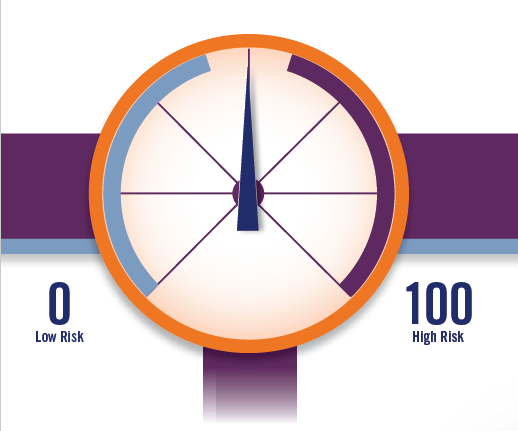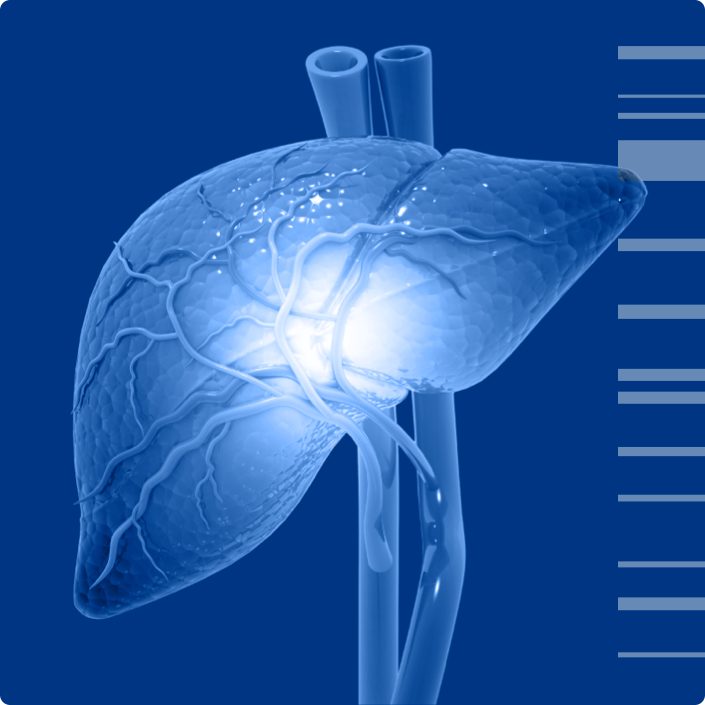
OmniGraf Liver

There have been many innovations that have improved the world of liver transplantation since the first liver transplant was performed by Dr. Thomas Starzl in the 1960’s. Solutions that improved organ storage and transportations, new immunosuppressant drugs, antiviral agents have all combined to raise the 1-year survival rate over 90% following a liver transplant. However, there is global consensus that one area of liver transplant is in desperate need of improvement, long term patient survival. Results for long term survival have not improved since the 1980’s.
Long term outcomes of liver transplant recipients have not improved significantly as recipients continue to succumb to complications of long-term immunosuppression. Malignancy, infections, cardiovascular disease, and renal insufficiency are all exacerbated by these drugs.
There is no debate, immunosuppressant drugs are necessary. Without them, it would have been out of the question to move the standard for one year survival all the way up to an impressive 93%. But, they’re toxic drugs that place a strain on the body. If there’s a finger to point when looking at the challenges facing liver transplant recipients and long term survival, the management of immunosuppression could be one area in need of improvement.
Striking the Balance in an Unbalanced Paradigm
Finding the balance between immunosuppression and the complications caused by these medications is a major challenge in liver transplant.
OmniGraf Liver is the first non-invasive blood test that offers clinicians the ability to rule out subclinical acute rejection, confirming that the current immunosuppressive regimen is adequately suppressing the immune system, confirming the immune system is in a state of quiescence.
Lower doses of toxic therapeutics decrease the risk for adverse events caused by those drugs.


Providing a Gauge on Immunosuppressive Therapy
OmniGraf Liver utilizes multiple molecular biomarker technologies to help guide the optimization of immunosuppression. Differentially expressed genes are measured with microfluidic PCR technology and donor derived cell-free DNA is quantified via whole genome sequencing (WGS) on a next generation sequencing (NGS) platform.
The combination of these inputs creates a diagnostic tool to rule out rejection and distinguish liver transplant recipients with potential acute rejection from all other recipients, those with a stable course or with other causes of graft injury.
Patients receive a risk score based on these inputs.
- 0-49 at low risk for rejection (NPV 93%)
- 50-100 at higher risk for rejection (PPV 60%)
Contact
Gain Insight on the status of Immunosuppression with OmniGraf Liver
Want to learn more about OmniGraf Liver?